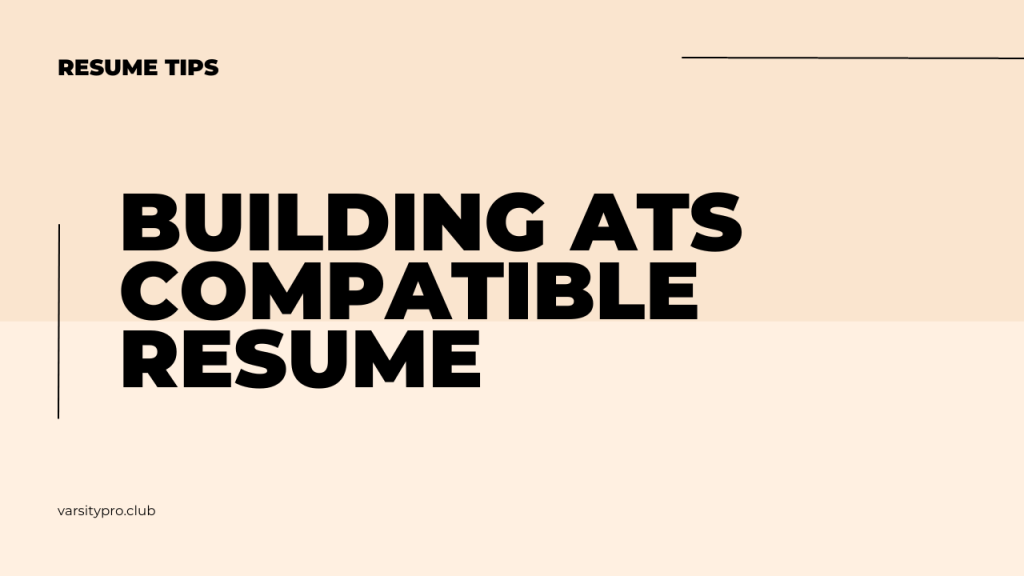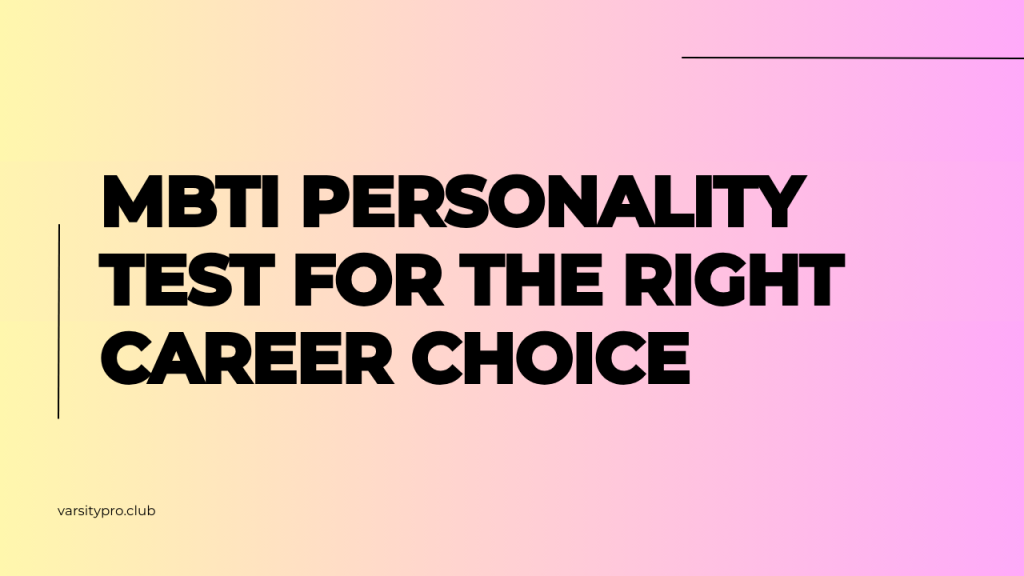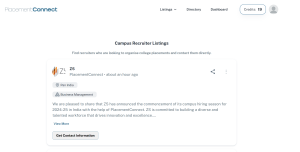In today’s job market, many employers rely on Applicant Tracking Systems (ATS) powered by Artificial Intelligence (AI) to streamline the recruitment process. These systems assist in sifting through countless resumes and identifying the most suitable candidates. To increase your chances of landing your dream job, it’s essential to create a resume that is ATS-compatible and effectively showcases your qualifications. This article provides a comprehensive guide on how to craft a resume that passes through the AI filter.
Understanding ATS and AI
ATS, coupled with AI, is used by employers to scan and parse resumes automatically. These systems analyze the content of your resume, looking for specific keywords, phrases, and qualifications to determine whether you are a good fit for the position. ATS software can save recruiters time and effort, but it can also be a hurdle for job seekers if their resumes are not optimized for these systems.
Tips for an ATS-Compatible Resume
Use Standard Resume Formats
When it comes to ATS, simplicity is key. Stick to standard resume formats, such as Microsoft Word (.doc or .docx) or PDF (.pdf). These formats are more likely to be parsed accurately by ATS software. Avoid using elaborate formatting, graphics, or non-standard fonts, as they can confuse the AI and lead to your resume being discarded.
Find Jobs at varsitypro.club
Incorporate Keywords
To increase the chances of your resume being picked up by ATS, it’s essential to incorporate relevant keywords. These keywords are typically related to the job you’re applying for. To identify suitable keywords, carefully review the job description and requirements provided by the employer. Highlight the skills, qualifications, and experiences that match those keywords and integrate them naturally into your resume. Be honest about your qualifications and only include keywords that accurately represent your skills.
Customize for Each Application
Tailor your resume for each job application. ATS software is sensitive to keywords and their relevance to the job. Therefore, a one-size-fits-all approach might not yield the best results. Customize your resume by emphasizing skills and experiences that closely match the requirements of the specific position you’re applying for. This approach ensures that your resume aligns with the unique keywords and criteria of each job application.
Prioritize Content
Place important information near the top of your resume. ATS software often scans resumes from top to bottom, so it’s crucial to include your key qualifications, work experience, and relevant skills near the beginning. Begin your resume with a strong, keyword-rich professional summary and a clear outline of your skills and experiences.
Use Standard Section Headings
Organize your resume using standard section headings like “Work Experience,” “Education,” “Skills,” and “Professional Summary.” ATS software is designed to recognize these headings, making it easier for the system to categorize and evaluate your content.
Avoid PDF Scanning Pitfalls
While PDF is an acceptable format for ATS, be cautious when using scanned PDFs. Scanned documents are essentially images and may not be parsed accurately. Whenever possible, use text-based PDFs or standard Word documents to ensure your resume is ATS-friendly. A good example of a resume would be this.
Proofread and Format Carefully
Correct spelling, grammar, and formatting errors are crucial. Inaccuracies in your resume can confuse ATS software, potentially leading to your resume being rejected. Review your resume thoroughly to eliminate typos and inconsistencies.
Conclusion
Creating an ATS-compatible resume is essential in today’s job market. By understanding the role of AI and ATS in the hiring process and following these tips, you can improve your resume’s chances of passing through the system’s filters. Remember that while it’s essential to create a resume that is AI-friendly, it should also effectively showcase your qualifications and experiences to human recruiters. Striking the right balance between optimizing for ATS and providing meaningful content is key to increasing your chances of securing your desired job.





